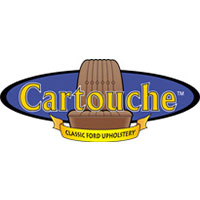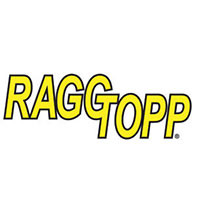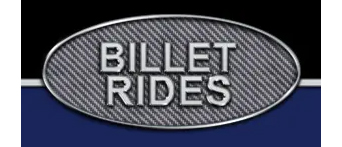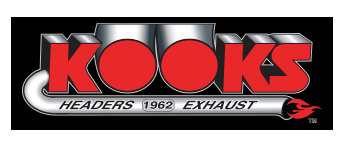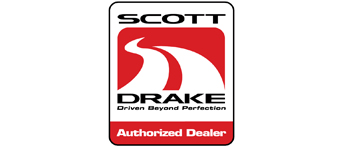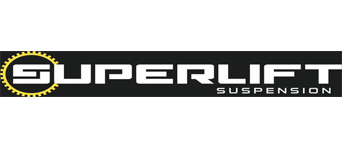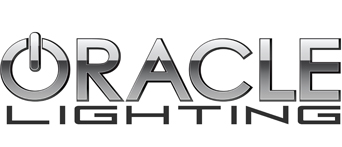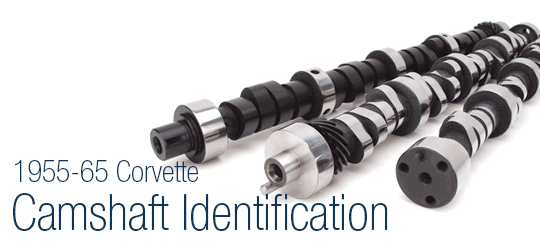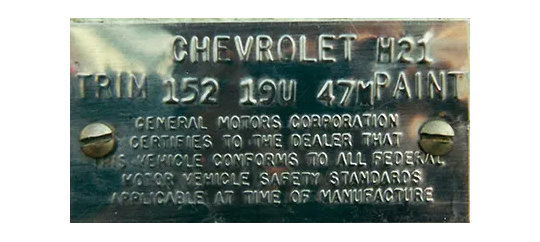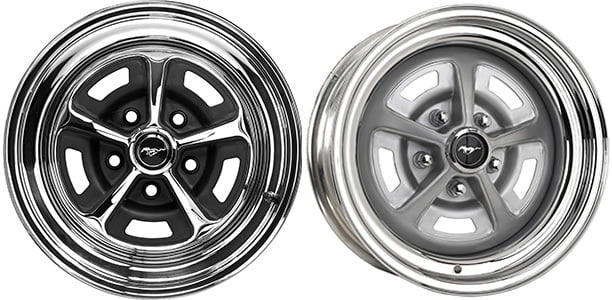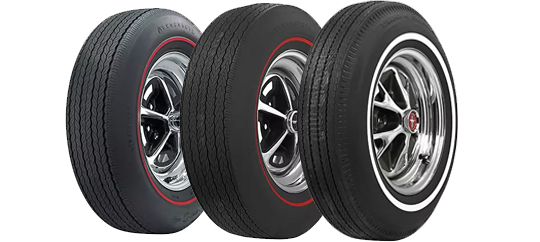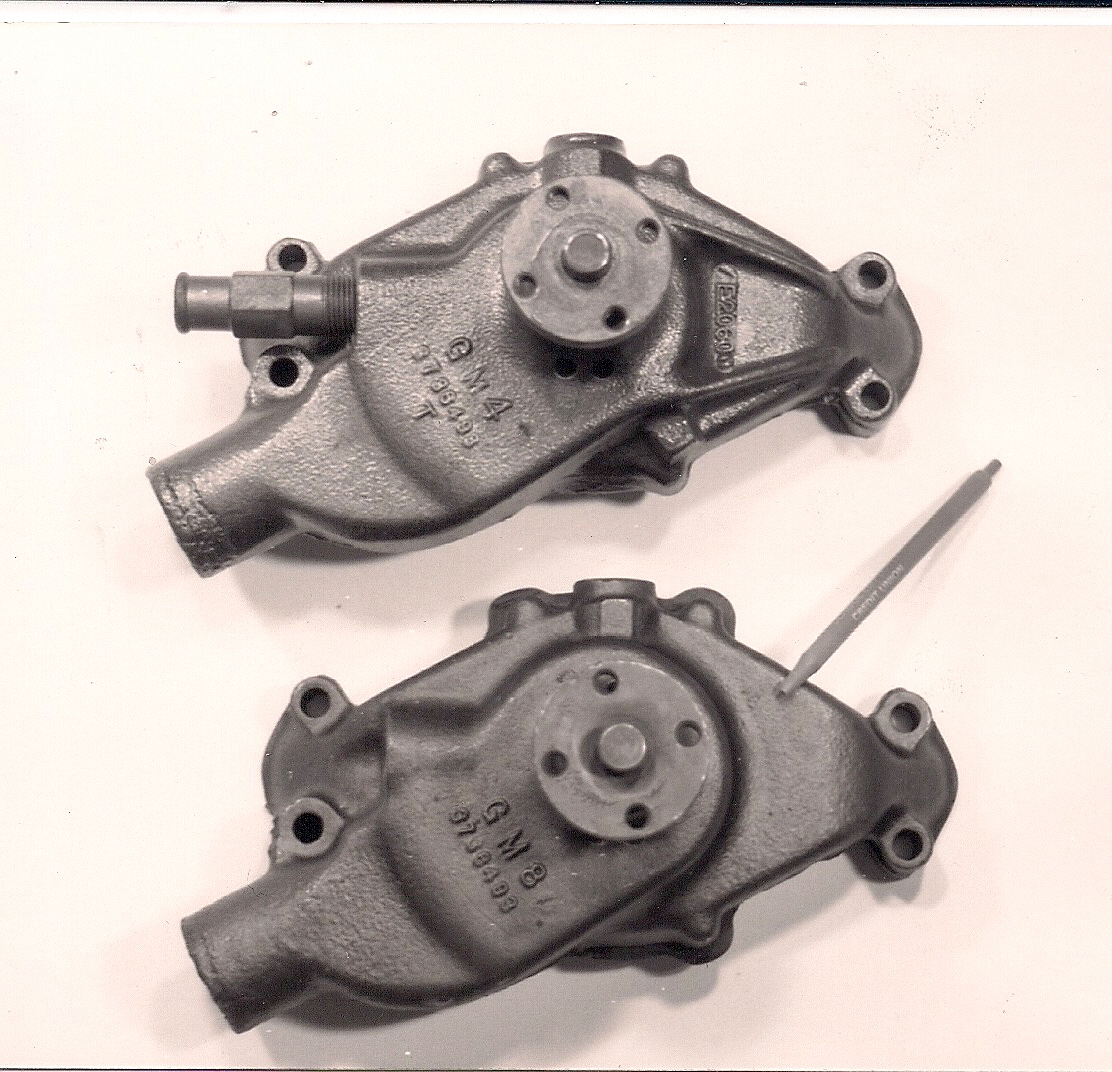1966 Chevy Impala 427: Heavy Hitter
- Feb 26, 2016
Story and photography by Tom Shaw
1966 Chevy Impala 427: Heavy Hitter
This super sweet ’66 has all the good stuff – the blockbuster L72 427, M21 close ratio 4-speed, 3.31:1 Posi-Traction axle, and F41 Special Suspension. Hold the power steering, brakes, A/C, buzz windows and all that jazz. It’s not even a Super Sport, just an Impala. It’s what is used to be called “a man’s car.”
 1966 Impala 427
1966 Impala 427
You’ll need both hands and feet to operate this beast – left hand on the wheel, right on the shifter ball, left foot on the clutch, right foot on the gas or hard on the brakes. And don’t be shy on those brakes – they’re the optional metallic drums, so hit that pedal like you mean it. This is an old school, skinny-tire, maxi-motor, flat bench seat, fully-manual musclecar. Dig it!
This is how we spec’d out racers – top engine options, basic body, and easy on the gingerbread.
GM may have slammed the door on its official efforts of racing, but there were plenty of Chevrolet faithful who were willing to pick up that ball and run with it. For them, and for everyone who had a torrid love affair with mountain-moving levels of horsepower, Chevrolet offered its newest version of the Mark IV big-block for ’66 – the L72 427 – seven liters of high-winding, solid-lifter superpower.
 1966 Impala 427
1966 Impala 427
In these pre-L88, pre-ZL1, and pre-LS6 days, this was Chevrolet’s bad boy, exceeding the previous generation’s 409 big-block in displacement and horsepower, at least for a couple of months. The 409 peaked at 425 hp in ’63 and ’64. At the beginning of the 1966 model year (September, 1965), Chevrolet assigned the L72 a 450 hp rating, a monumental number that would not be equaled again until the arrival of the iconic LS6 454 in 1970. Around November (1965), it was revised downward to 425 with no explanation. Reading between the lines, was it simply coincidence that Ford, Chevrolet, and Mopar all just happened to rate their ultimate big-block engines at 425 hp? The only reasonable conclusion is that there was a gentleman’s agreement that 425 hp would be the ceiling. The 450 hp rating lasted about two months. As mentioned, around November, Chevrolet changed that horsepower rating. And not just to the L72, either. The milder, hydraulic-cammed L36 427 also took a hit, and was dropped from 400 hp to 390.
 Timing was everything. GM’s corporate ban on racing in 1963 proved that they were sensitive to playing the role of good corporate citizen. And they had good reason to be concerned. Also in November of 1965, the same time period that the 427s were re-rated, a book appeared by an Ivy-league lawyer that would stir things up and reverberate for years to come – Ralph Nader’s hit piece Unsafe At Any Speed. Before it was all over, GM’s president, James Roche, was dragged before a US Senate subcommittee for grilling, and to apologize to Nader for having him investigated.
Timing was everything. GM’s corporate ban on racing in 1963 proved that they were sensitive to playing the role of good corporate citizen. And they had good reason to be concerned. Also in November of 1965, the same time period that the 427s were re-rated, a book appeared by an Ivy-league lawyer that would stir things up and reverberate for years to come – Ralph Nader’s hit piece Unsafe At Any Speed. Before it was all over, GM’s president, James Roche, was dragged before a US Senate subcommittee for grilling, and to apologize to Nader for having him investigated.
Politics aside, Chevrolet had built a magnificent 427. The L72 was an extension of 1965’s 425hp L78 396, only hogged out to NASCAR’s seven-liter displacement limit.
Inside was a generous sprinkling of goodies – 4-bolt mains, forged steel crank and rods, forged aluminum pistons, 11:1 compression ratio, big-valve (2.19-in/1.72-in.) heads, a .5197-inch lift cam, aluminum intake, and a Holley 800-cfm carb. It was the strongest, most durable big-block Chevrolet had offered to date.
Many people believe that the L72 was underrated at 425hp. It was. In June 1965, a few months prior to the engine’s public release, Chevrolet conducted an internal dyno test. The L72 made 464 hp at 6400 rpm and output was still climbing. Its 425 hp level happened way down the curve at around 5100 rpm. Did Chevrolet doctor the numbers? You bet.
[envira-gallery id="1880"]On the street there wasn’t a lot of competition for the L72. Designed as a flagship engine for the Corvette, the Sting Ray turned in a red hot 12.60 @ 112 mph for Car and Driver’s November 1965 issue, which placed it behind only the 427 Cobra for all-time fastest road test of the musclecar era. In a full-sized car, the weight would be a factor, but other than a sharp ’66 street Hemi, there wasn’t much to fear.
Floyd Garrett owned this Regal Red beaut when we photographed it. He bought a ’66 427 Impala back in the day, but his was the lower horse L36. He was always on the lookout for another, but as rare as they are, he didn’t have much luck finding one. So he did the next best thing – he began building one using a nicely preserved small-block Impala as the starting point. During its construction, Floyd had some questions and called a friend who had a genuine 427 Impala. The friend offered to sell it to him and Floyd didn’t have to think twice. It was on display at the Floyd Garrett Muscle Car Museum in Sevierville, Tennessee (865) 908-0882, musclecarmuseum.com
[envira-gallery id="1885"]Not surprisingly, the car was a drag racer in its early days, and suspension brackets had been welded onto the frame before the restoration. It was found in Michigan with its original engine and drivetrain. It went to Virginia for a restoration, then on to Floyd’s. Today it has only 64,125 miles on the clock. It’s a showcase of the top performance options, with Tinted Glass, Deluxe Seat Belts, Comfortilt Steering Wheel, and AM/FM Radio the only non-performance options. Total bill for the package was a mere $3883.40.
Floyd likes his Chevrolets big and powerful, and this heavy hitter scores big on both fronts!

Shop for Late Great Chevy parts at www.LateGreatChevy.com
Follow us on our Late Great Chevy Facebook page. Click here and Like us!







